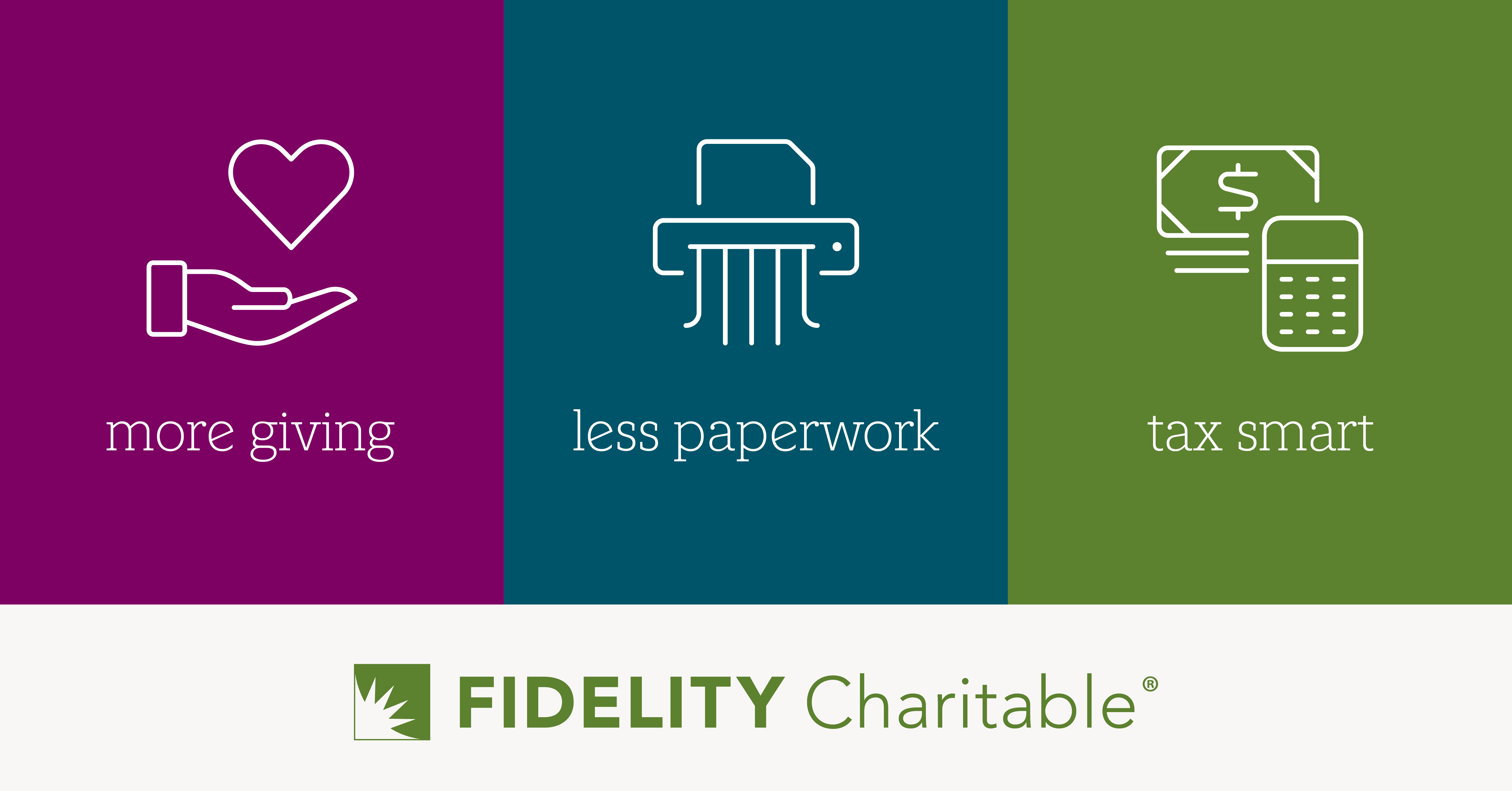(Photo by Tingey Injury Law Firm on Unsplash)
In the American economy, shareholder primacy has been the dominant theory for decades, asserting that companies exist to maximize shareholder profits without regard to their impact on other stakeholders. This theory has created rising inequity and systemic fragility, as businesses operating under this theory often do not actively work to strengthen protections for their workers, supply chains, communities or the environment. This model reduces the social responsibility of a business just to its stock price or monetary value for investors—as if businesses operate in a bubble without affecting peoples’ lives or the environment. This raises the question: Who pays when business doesn’t?
A quick look at the economic and social struggles revealed by COVID-19 exposes fault lines in a system designed to benefit the few with increasing wealth while leaving the majority of us exposed and unprotected.
There is a growing movement of business leaders, entrepreneurs and investors who are rejecting shareholder primacy as the sole responsibility of business and who believe that a successful business makes valuable contributions to the world outside of stock price gains. This movement is building a new impact economy based on effective stakeholder relationships and management, where the impact on stakeholders like workers, communities and the environment, are taken into account alongside a business’s fiduciary responsibility. This is a fundamental and structural shift in our current capitalist system—one that recognizes the outsize impact business has on people and planet and makes the role of solving for these impacts part of the mandate of doing successful business.
One of the game-changing creations of this movement is the benefit corporation, a legal business structure that requires a business to consider its impact on all stakeholders. The benefit corporation structure also allows directors of a company to align all decisions with the company mission alignment and stakeholder impact in decision-making without the risk of facing legal challenges, board or shareholder activism for not solely to maximizing shareholder value.
Effective Stakeholder Management Through Benefit Corp Governance Models
Benefit corp legislation has been taking hold, including in Delaware. In 1985, the Delaware Supreme Court declared in Revlon, Inc. v. MacAndrews & Forbes Holdings, Inc. that the job of company directors was to maximize financial returns for shareholders. For former Delaware Chief Justice Leo Strine (who served from 2014 to 2019), this ruling solidifies the need for a corporate structure that explicitly enables the corporation to pursue ends other than those that benefit shareholders above all others. I spoke with Strine as part of continued research for my book, Better Business.
“The benefit model really allows people in a forthright way as a director to say, ‘We’re going to make some trade offs,’ and it may be frankly that this isn’t the most optimal just from the standpoint of stockholders, but it’s the decent thing to do,” Strine says. “By the way, that does not mean it’s not wealth-creating for society because … we tend to use stock market price, even though if you treat your workers well, and you pay them so they can live in dignity and send their kids to college and have health insurance, that often is the greatest contribution you can make to social wealth.”
Benefit corp legislation also includes crucial wording that enhances its effectiveness, saying company directors “shall” consider their obligations to all stakeholders, not that they “may” do so.This provides the ability for shareholders, mutual fund directors, etc., to take action if stakeholders are not represented in a business’s decisions.
“What I liked when I heard about the benefit corporation model was it was ‘shall,’ not ‘may,’” Strine says. “So it wasn’t this noblesse oblige. It was the idea that you actually have an obligation. You can’t just say we can do it if we want to. Because as you know, ‘may’ also implies ‘may not.’ ‘Shall’ is you have to do it.”
Strine adds, “If you don’t like the outcomes of our current economic system, you’re not going to change the outcome by changing the name. And you say that our corporate governance system is not about stockholders now, it’s about stakeholders, but we haven’t changed any of the actual power dynamics or incentives within which the corporations operate to really make that true.”
I also spoke with Frederick Alexander, a lawyer who actually helped write the Delaware benefit corp legislation. Alexander worked for more than 20 years as a corporate lawyer by the time he helped spearhead benefit corp legislation in Delaware. He then went on to work as the Head of Legal Policy at B Lab until 2019. B Lab is a nonprofit that certifies companies as B Corporations when they meet certain social and environmental standards. Where possible, B Corporations must also structure as benefit corporations.
When writing the benefit corporation legislation in Delaware, Alexander said he and his colleagues believed the key to making it effective was keeping many corporate guardrails in place while broadening the scope of the stakeholders that a company must consider when making decisions.
“Our philosophy in crafting the Delaware statute was, ‘Let’s maintain all the things that work so well and just change one dial, which is who we’re doing this for,’” Alexander said. “The practical point in our minds was that if you’re a public company or if you have quite a lot of venture backers, you’re already subject to either federal securities law’s disclosure obligations or else the disclosure obligations that your backers have mandated on you, and to put in another statutory mandate is not going to be palatable.”
Strine says, “Businesses obviously have to get a good price for their shareholders, but they can take $1.50 per share less and make sure that the workers that have helped build the company and secured the value they’re going to get still have their jobs. That the plants that the local communities gave tax subsidies to build are still open. And shareholders still get to vote on that deal, but the directors can put it to them, even though it’s the lower price deal. And if they don’t want to vote for it, the directors can say, I think frankly, ‘We can’t sell to the highest bidder, consistent with our obligations to other stakeholders.’”
The Continuing Uptake of the Stakeholder Model
The work that has been done by Strine, Alexander and others has led to an impressive slate of businesses incorporating as benefit corps and certifying as B Corps, showing that this movement is not just a fringe idea. Some notable examples include Patagonia, Ben & Jerry’s, Beautycounter and Danone, the world’s largest benefit corporation since 2017.
In France, Danone is helping amplify the purpose-driven business movement by becoming the first company in the country to adopt the “Entreprise à Mission” model. In Canada, benefit company legislation just took effect in British Columbia at the end of June. Italy, Colombia and Ecuador have also created corporate structures modeled after benefit corporations in the last several years. In addition, Laureate Education, Lemonade and Vital Farms all successfully IPO’d as benefit corps, indicating public markets are opening to this stakeholder mindset.
People around the globe expect companies to act in the best interest of society and to be held accountable for how their actions affect a broad range of stakeholders. If recent trends are any indication, it can be expected that the broader adoption of benefit corp legislation will lead to an uptick in businesses working to address and improve their impact on society and the environment.






